Adaptive Race Cars
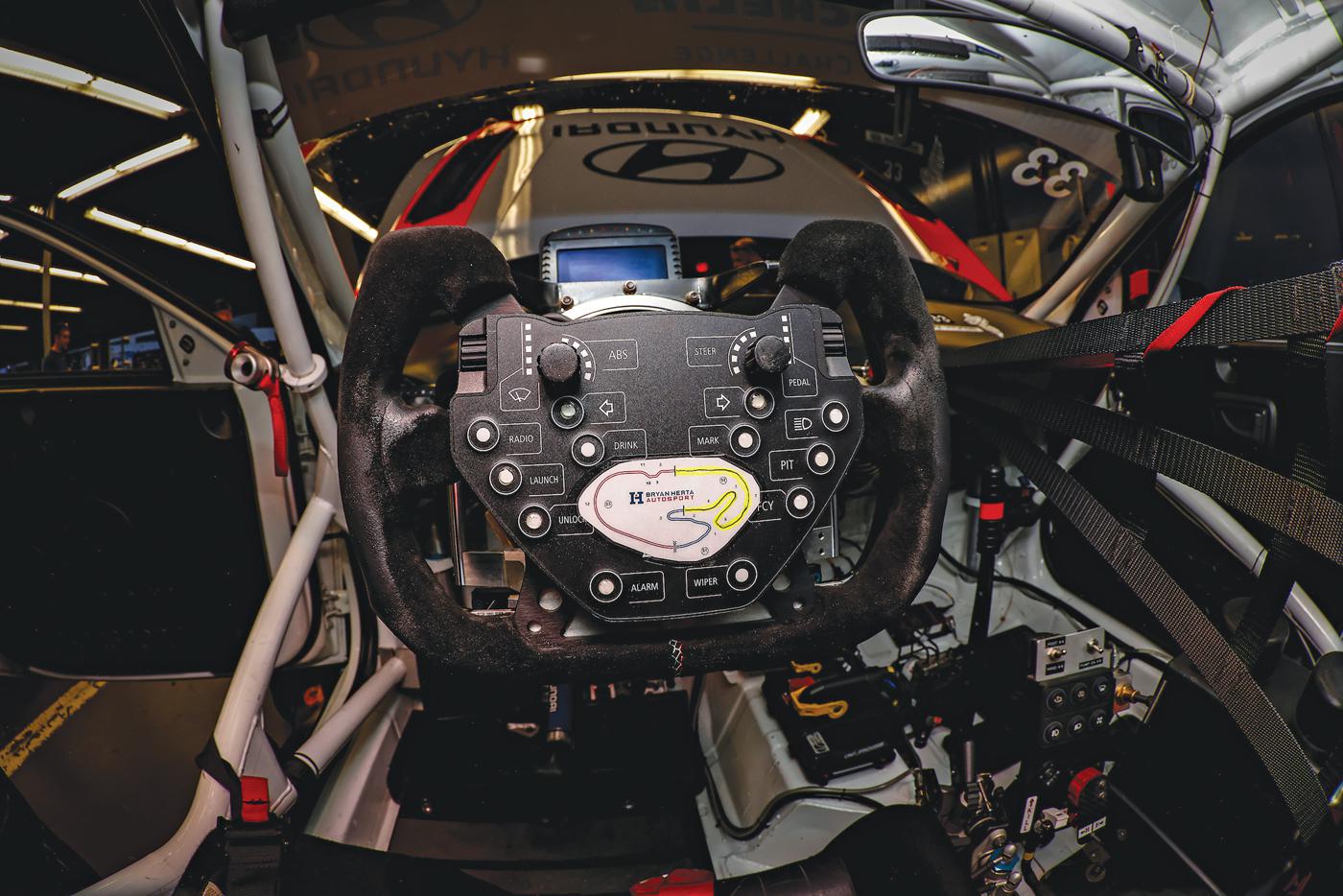
Adaptive race car equipment allows drivers with disabilities to overcome challenges and compete on track while winning championships and setting records in the process.
When human spirit and willpower are able to harness technology and industry, amazing things can happen. This has been illustrated in motorsports since the beginning, but there are some corners of the racing universe where that marriage of determination and tech is even more pronounced, if less visible. The niche of adaptive race car technology has increasingly allowed individuals with physical handicaps to compete on track. It is one area where victories don’t always come with a checkered flag, but the wins feel just as big.
Adaptive race cars have opened the doors for paraplegic and quadriplegic drivers, those born without limbs, amputees, and others to pilot cars in competition. Even blindness isn’t necessarily a barrier in select racing venues. Disabilities don’t extinguish the competitive spirit in drivers, nor the competitive spirit in the motorsports aftermarket, where finding solutions to difficult problems is just another day at the office.
Adaptive race car technology is a subject that has been in the headlines recently, most notably with Bryan Herta Autosport (BHA) drivers Robert Wickens and Harry Gottsacker winning the 2023 IMSA Michelin Pilot Challenge TCR division championship. Wickens is a veteran driver who has reached the top levels of the sport, including being named the 2018 Indianapolis 500 Rookie of the Year and the IndyCar Series Rookie of the Year. A terrible crash later that season at Pocono left him with paraplegia and other injuries.
But his determination to race again was undimmed, and his IMSA championship was earned in his second season in the series piloting the BHA Hyundai Elantra N TCR with hand controls. We asked Wickens how much testing he had to do before he achieved proficiency with the hand controls, and his answer, surprisingly, was not much.
“During my years of recovery, I always envisioned months of testing so I could hit the ground running when I returned to racing,” he said. “However, that just wasn’t reality. I got my first taste back into the car in May of 2021 at Mid-Ohio at a BHA track day. After that, my next time in the car was the Daytona Roar in 2022 just one week ahead of my first race back in Daytona, where we finished third.”
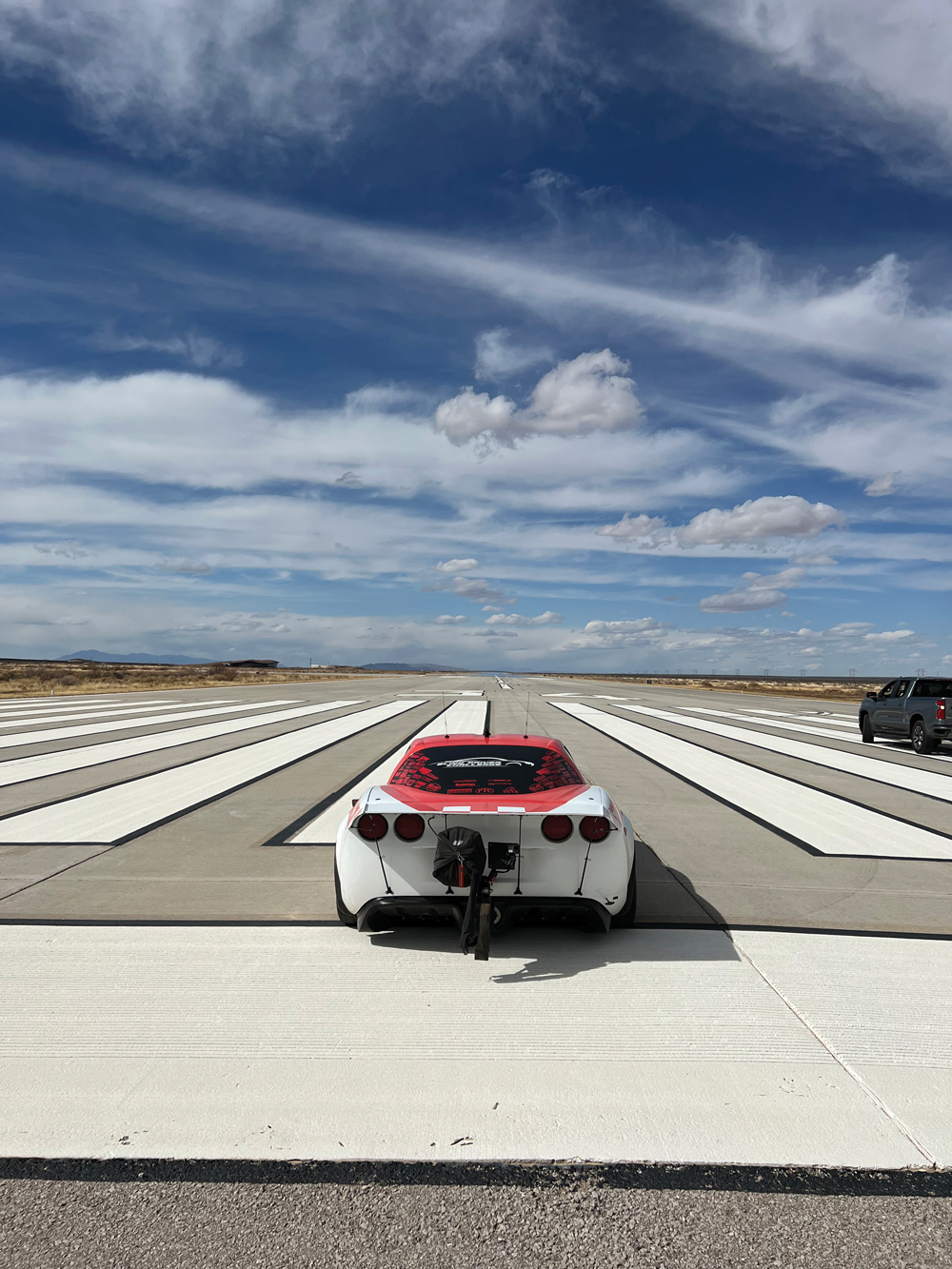
Far away from cheering IMSA grandstands, other drivers are overcoming different challenges thanks to adaptive race car technologies. Dan Parker is an accomplished drag racer, with the 2005 ADRL Pro Nitrous world championship on his resume. A horrific crash during testing in 2012 left him blind. It was not easy for Parker to regroup, but inspiration struck in the form of a dream to race at the Bonneville Salt Flats.
“I reached out to my good friend Patrick Johnson at Boeing and asked him about a guidance system,” Parker recalled. “He said, ‘That’s easy. If that’s all you’re worried about, start building your bike.’”
Other land speed racers with vision loss had used a follow car or motorcycle with two-way communications to navigate. The guidance system Johnson created allowed Parker to ride unassisted. He took his three-wheeled bike to Bonneville in 2013 and became the first blind man to race at the historic land-speed lakebed. “I returned in 2014 and set my FIM class record with no exemptions for blindness because I don’t need any human assistance,” Parker said. “Once they tell me the course is clear, nobody helps me do anything until I bring the motorcycle to a stop.”
He has since stepped up to even more ambitious land speed racing goals, behind the wheel of a 2008 Corvette. In 2022 he set the Guinness World Record for fastest blind driver, at the Spaceport America runway in Truth or Consequences, New Mexico, averaging 211.043 mph. (Officially, “Fastest Speed for a Car Driven Blindfolded,” as Guinness did not have a blind driving category.)
When not stretching performance boundaries for the blind, Parker is a machinist. He runs his mill machine and lathe every day making custom hand-machined writing pens that he sells online as part of his The Blind Machinist business. But even here, the racing technology he employs plays a role. Patrick Johnson, the same engineer who made his racing guidance system, created a digital readout so that his mill machine could talk to him.
High Tech and Low Tech
Parker’s record-setting Corvette illustrates how far technology has empowered racers with disabilities, with potential applications that extend far beyond the race track.
“In 2017 I started building a Corvette. The system in the Corvette is way more sophisticated,” Parker said. “The guidance system box is mounted between the two rear wheels inside the car. We plot the centerline of the track at both ends, as far as we can go. That creates a theoretical centerline. If I go one foot right or left off that center, I get a tone in that ear. The farther off-center I go, the tone increases. If the tone is steady, I know I’m going straight and parallel, I just might be a little right or left and I’ll ease in. Then, 400 feet before the finish line, it tells me ‘parachute,’ and I deploy my parachute. Then, ‘stop,’ which tells me I crossed the finish line. Then I bring the car to a stop.
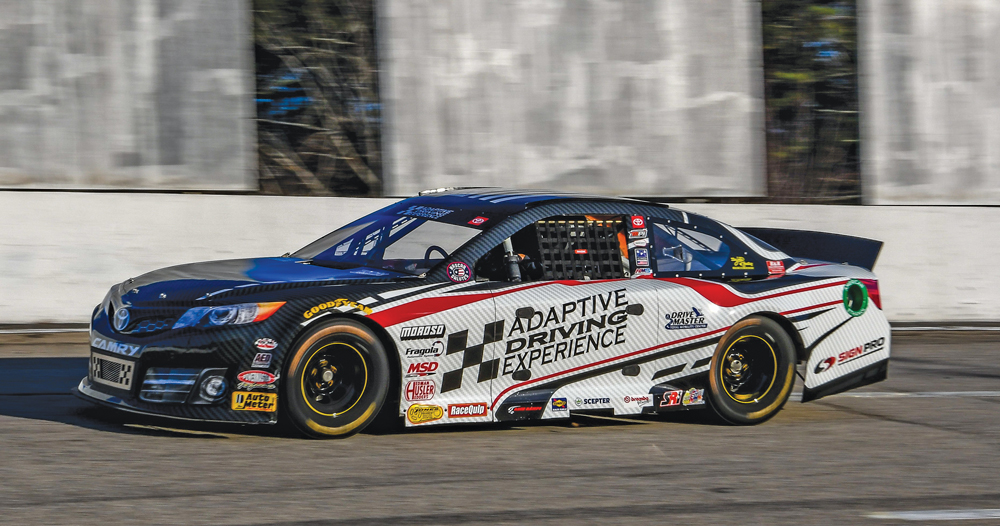
“It’s using GPS signals that, once I start, the main thing that does most of the calculations is a gyro that can detect one-tenth of one degree of yaw, and it is updating over 100 times a second. Patrick wrote all the software, 100% volunteer.”
The guidance system is the centerpiece of Parker’s land-speed efforts, but his own racing experiences colored every aspect of the car build. “I was a chassis builder before I went blind, and I designed the car myself. Obviously, I had help building it,” he said, “but I designed pretty much every aspect of the car myself. So we went way above the minimums. I try to stress to people, ‘The rules are just a minimum. You can do more.’ My car has a lot more cage in it than is required. I have containment seats on both sides, window nets on both sides. Ten pounds minimum fire suppression is what the rule is; I have 20 pounds. We’ve just gone way above and beyond to make sure that me and my co-pilot are safe if anything turns to crap.”
Robert Wickens’ racing controls combine established technology with custom engineering. “The foundation of the system is produced by Guido Simplex and is available to anyone for purchase,” Wickens said. “However, Bryan Herta Autosport has made many alterations to give me as much feeling and sensation as possible. The system includes a pneumatic actuator to help generate brake pressure. The actuator pushes the able-bodied brake pedal that my teammate uses. The majority of the work has been trying to create a linear brake feeling from the actuator, because that is the feedback I get from my brake ring when I apply the brakes.
“The only other part of the car that was changed was relocating the clutch to a hand-controlled lever, which is used as a hand brake for the abled-bodied drivers. So Harry and I have to use a hand-controlled clutch to get the car moving and stopping.”
The Adaptive Driving Experience (ADE) in Fairfield, New Jersey, is getting ready to relaunch its program with a series of driving events in 2024. Its target market is largely disabled veterans’ groups and other organizations that represent the handicapped looking for the experience of driving a race car. The organization’s car was on display at the 2023 PRI Show and reflects a combination of custom design and proven parts technology.
“The car itself is a NASCAR Gen 6 Toyota Camry Cup car, so it has some history already, with NASCAR and drivers like Elliott Sadler and Brian Keselowski. We got the car from Brian,” said Danny Chrissanthis, director of ADE. “The body that is on there is a show car body, it’s not actually a racing body. We put a door in it, so it’s a removable door section. And it has a swivel seat base made by a company called Drive-Master. They’re on our Board. They build vehicles for people with disabilities, so this is their specialty. They put the swivel seat base in there and then the hand controls, and they also put in another steering wheel and gas and brake on the right side of the car. It has two full sets of controls. The goal is a race car driver sits on the right side of the car. He’s maintaining control of the vehicle at all times, so the guest driver, who has likely never driven a race car before, doesn’t have a problem.”
The ADE car is proof that it doesn’t require cutting-edge technology for physically challenged people to experience the thrill of driving a race car. “The push-pull gas/brake that we use is off-the-shelf. That was actually invented and developed decades ago by Drive-Master out of New Jersey. It’s a very basic setup,” Chrissanthis said. “We went with it because it’s inexpensive and also because it’s kind of popular because it is inexpensive, and there would probably be more people who are familiar with it.”
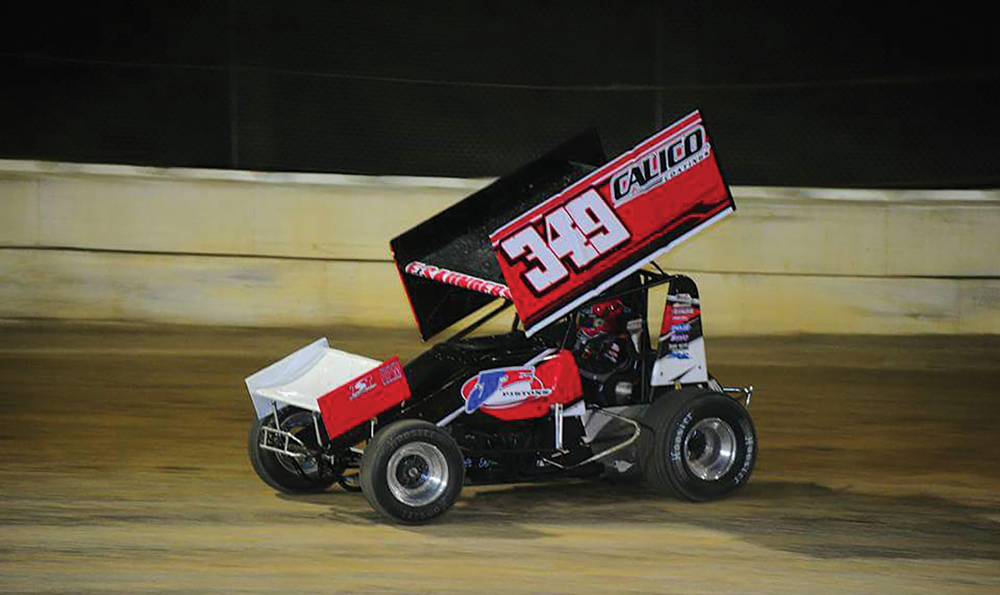
Another racer who has taken the low-tech road to success is Eric Saunders, from Lakeville, Indiana. A successful motocross racer as a teenager, Saunders crashed at a test track in 2010 and was paralyzed from his chest down the day before his 18th birthday. But an unquenchable racing spirit and help from family, friends, and sponsors put him back on track, initially in mini sprints. He currently competes in winged sprint cars with his brother Garrett as part of Saunders Racing.
Eric’s father Irish Saunders said he’s a big believer in the KISS principle—keep it simple, stupid. The hand controls on Eric’s race car bear that out. Plus, cost is always a factor for race teams. “It’s pretty simple. The throttle is cable-driven to the injection. The brake is hooked right into the regular brake with a Brembo hand master cylinder, is all it is,” he said. “We’ve been talking about the fly-by-wire deal, electronics for the throttle. But good God, it’s $7,000 for one of those things.”
Other more subtle modifications help Eric maximize his talents behind the wheel. “Randy Sweet made a steering rack that was super fast, so that if you had your hands at 10 and 2 and you went to 12 and 4, you’d have full lock on the wheel,” Irish said.
If his own race car relies on less-than-exotic technology, Eric is looking forward to the day when four-wheeled racing stretches the boundaries more. “There’s so much technology out there, but they’re only using a portion of it. They’ve not even touched the surface of where the technology actually is,” he said.
Rising Above
For racers struggling to overcome the devastating reality of crippling injuries, being able to compete in a race car again means almost more than they can express. “It’s huge. When I went blind, and coming home and facing reality, I never imagined I would be behind the wheel of a race car again,” Parker said. “I was on the verge of suicide, and one night it just came to me in a dream, at 2 o’clock in the morning, the most vivid dream that I would build a motorcycle and race at Bonneville. I never went back to sleep that night. When my fiancée woke up, I told her, ‘I know what I want to do.’ And I told her about my dream. She said, ‘Okay,’ and that dream saved my life.”
Robert Wickens’ IMSA championship has lit a renewed fire inside him, and he’s already planning his next moves. “Winning the championship was an incredible feeling. It only further vindicated that I belong in motorsports even as a paraplegic. The faith that BHA, Hyundai, and my teammates put in me only proves that my hard work in recovery and setting my goals high were worth it.
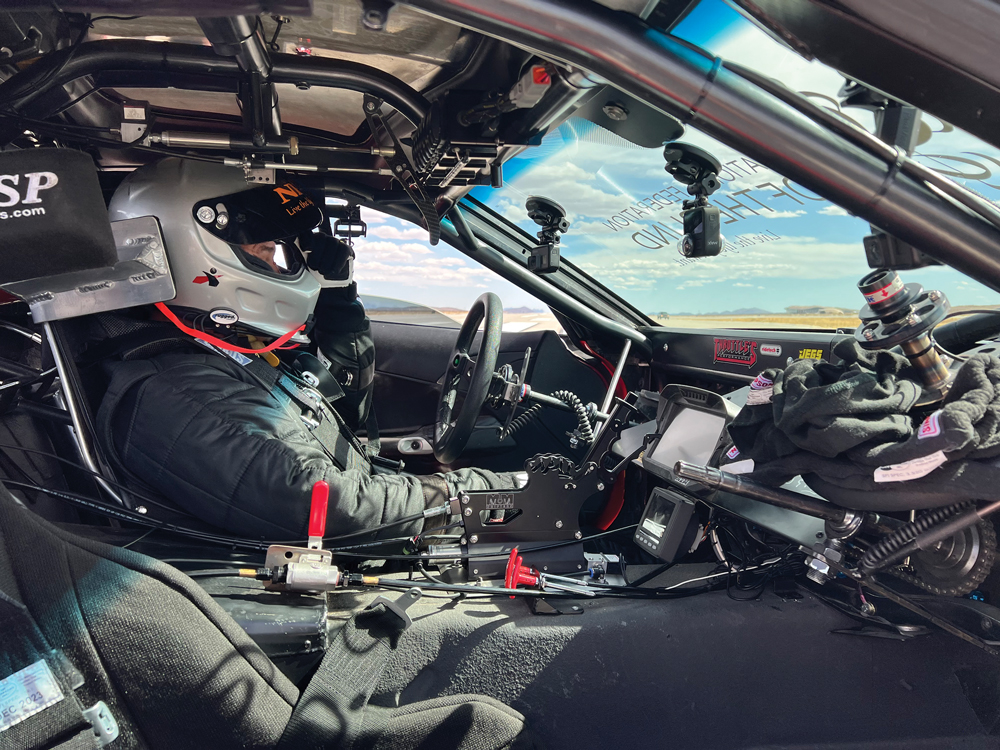
“I am hoping this is only the beginning in my new journey in motorsport,” Wickens added. “We are working on a new state-of-the-art hand-control system that will provide me a much higher ceiling and can take the next steps in motorsport. The goal is to race in the IMSA WeatherTech series, and with the technology we are working with, it should give me an equal chance to any other driver out there.”
For Eric Saunders, the switch to sprint cars from motocross turned into a case of one door closing and another opening. “The reason why I liked this was because I never did this before,” he said. “I didn’t have any expectations. I knew where I was at when I was racing motocross, and I would never be at that level ever again.
“There’s a thing that [sprint car driver] Randy Hannagan told me, because his brother was paralyzed, too. He said, ‘Eric, you have to think about this. Out of everybody out there, you have more of an advantage than you think you do. You can pick a needle up with your fingers, but you can’t pick a needle up with your feet. So think of having all the throttle control right through your hands.’”
Watching a handicapped individual return to racing means almost as much to family members and friends as it does to the racer. Eric’s circumstances rallied supporters from the motorsports industry to his side, including Tracy Trotter, Ed Kennedy, Mike Fedorcak, Randy Sweet, Tony Stewart, and many others. That sense of philanthropy is embedded in Saunders Racing. “Tony Stewart’s foundation was a huge, huge help with redoing our house and getting it handicap accessible,” Irish said. “Tony’s foundation is for animals, children, and injured racers. Those foundations are huge. That’s what we promote our whole deal through.” Saunders Racing recently announced partnerships for 2024 with the Dale Jr. Foundation, Ryan Preece, the Kevin Harvick Foundation, and the Tony Stewart Foundation.
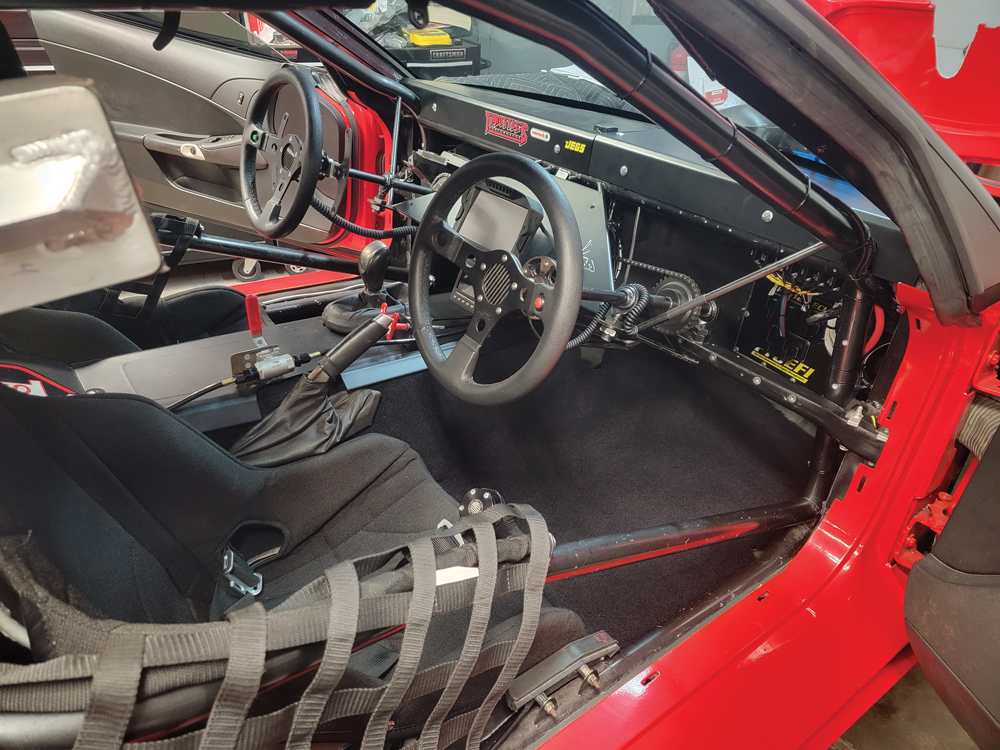
For Irish, watching his son win his first race in four-wheel competition was overwhelming. “I was bawling in victory lane with him,” he said. “Eric won a lot of motocross races, and I thought I’d never see my son win again. And he started winning.”
Your Turn
For racers confronting similar challenges, our sources offered advice both practical and spiritual.
Although Adaptive Driving Experience is not a driving school, would-be drivers occasionally approach them for advice. “I do get, occasionally, somebody who reaches out and says, ‘I want to race, what do you suggest I do?’” Chrissanthis said. “My answer always is, ‘I can’t answer that question. You’re the one going into the corner at 90 mph or 120 mph or whatever kind of racing you’re doing. You’re the one who has to be in control of that car. Only you can say what it’s going to take for you to be comfortable doing that.’”
Once the decision to race is made, there’s more involved than simply outfitting the car with adaptive parts. “I would strongly recommend that any track they go to, that the safety crew knows that that person is paralyzed and show them how to get him or her in and out of the race car. Very important,” Irish Saunders said. “Get there early and make a point to go to the promoter or tech guy, or whoever it is, and say, ‘Hey, I want you to come over here, and I want to show you how to get him in and out of the race car.’”
Practical aspects aside, for many former or aspiring racers dealing with physical challenges, the mental and spiritual side of the equation is the taller mountain to climb.
“Surround yourself with supporters, and distance yourself from doubters,” Parker advised. “When you’re trying to accomplish something like I’ve accomplished, everybody’s going to tell you, ‘It can’t be done, you’re crazy, that’s impossible.’ But you have to believe in yourself, and you’ve got to have blind faith.”
SOURCES
Adaptive Driving Experience
adaptivedrivingexperience.org
The Blind Machinist
theblindmachinist.com
Bryan Herta Autosport
bryanhertaautosport.com
Saunders Racing
facebook.com/SaundersRacing/
 MEMBERSHIP LOGIN
MEMBERSHIP LOGIN JOIN PRI
JOIN PRI


